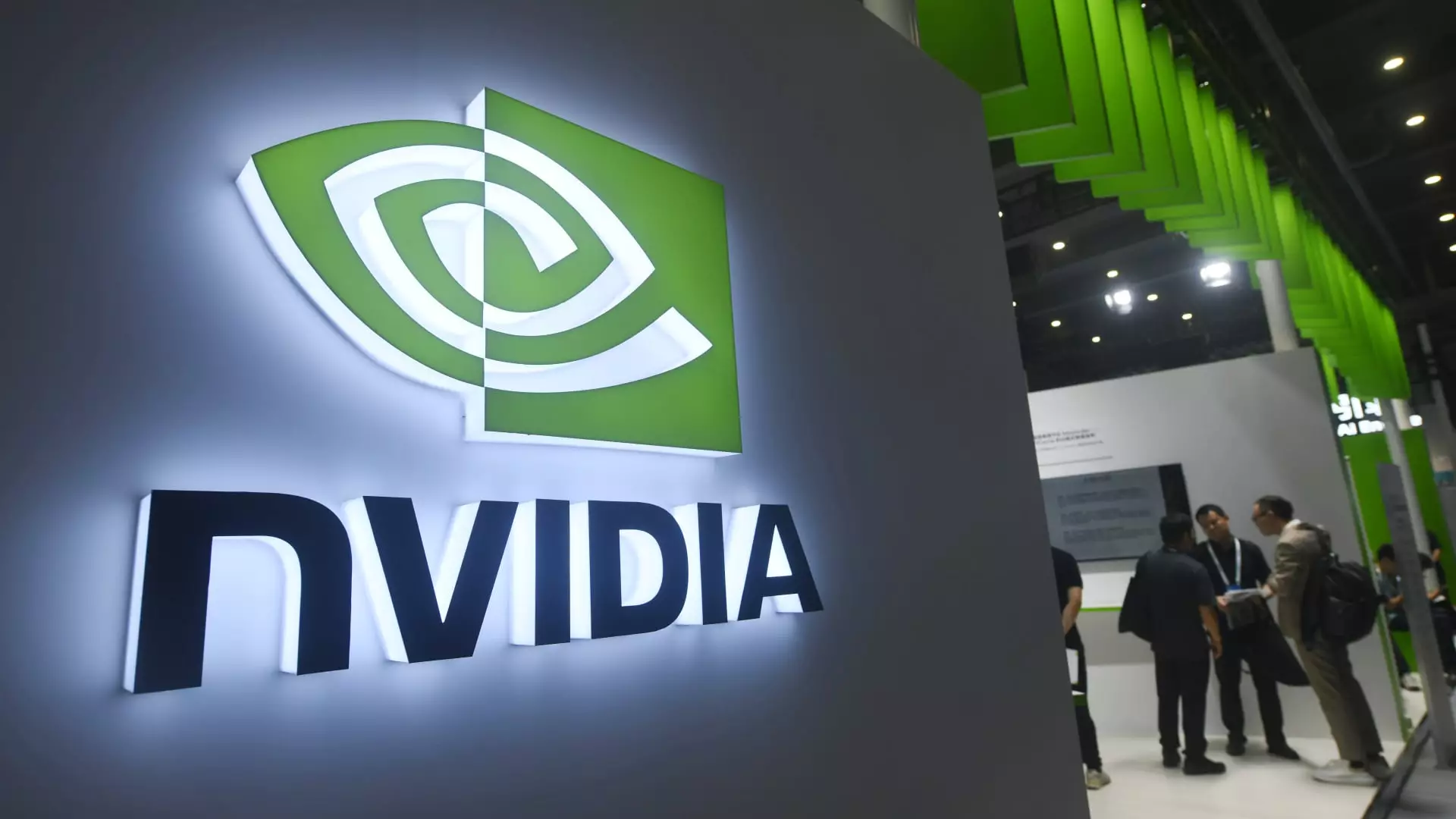As the healthcare industry grapples with an escalating administrative workload, tech giants like Nvidia, Google, and Microsoft are converging on Las Vegas for the HLTH conference, a pivotal event expected to attract over 12,000 stakeholders involved in health technology. Set against a backdrop of a looming shortage of healthcare professionals—projected to reach 100,000 by 2028—the conference serves as a platform for showcasing how artificial intelligence (AI) tools can mitigate the burden of documentation and other administrative duties that contribute to clinician burnout.
In an era where healthcare face serious challenges, the need to streamline operations is paramount. Physicians’ and nurses’ extensive documentation responsibilities detract from their ability to provide direct patient care, leading to dissatisfaction and fatigue within an already strained workforce. This scenario highlights an essential question: can AI facilitate a transition toward a more efficient and value-driven healthcare landscape?
Recent surveys reveal a staggering reality: clinicians are absorbing nearly 28 hours a week on administrative tasks, which 80% of professionals indicate hampers their interaction with patients. This inefficiency not only saps time but also diminishes job satisfaction among healthcare workers. The cumulative impact of such burdens has ignited efforts by tech enterprises to harness AI’s potential, aiming to enhance operational efficiencies and alleviate job stress for healthcare providers.
Google is spearheading this initiative with new offerings like its Vertex AI Search for Healthcare, designed to facilitate swift access to information across disparate medical records. By addressing the frustrating silos of health data, Google’s tools promise to help clinicians overcome logistical hurdles, ultimately refocusing their energies on patient care. Similarly, Microsoft has entered the fray with its suite of AI-integrated applications aimed at decreasing the clerical loads on clinicians. Innovations such as DAX Copilot—an AI-driven automated documentation tool acquired through their purchase of Nuance Communications—showcase an emerging trend towards leveraging AI to take over tedious manual tasks.
The recent growth of AI scribe tools, exemplified by DAX Copilot and competitors like Abridge, underscores an evolving landscape in clinical documentation. Abridge, which has secured considerable investment in recent months, exemplifies enthusiasm surrounding AI adoption. The influx of capital and attention highlights a significant pivot within the healthcare sector toward innovative solutions that promise to reshape workflows.
Dr. Shiv Rao of Abridge articulated the rapid pace of acceptance within the healthcare industry, framing it as a historic moment for clinical documentation. Meanwhile, leaders from Nvidia are expected to emphasize how generative AI can reduce time spent on non-clinical tasks. Nvidia’s technology powers many successful AI developments, including OpenAI’s ChatGPT, thereby bolstering its credibility as an innovator in this domain. In partnership with other major healthcare providers, Nvidia is working to integrate AI solutions across medical devices, genomic studies, and imaging, demonstrating a comprehensive approach to industry challenges.
As healthcare stakeholders congregate at HLTH, the excitement for AI is palpable, yet it’s crucial to maintain a cautious lens regarding its implementation and integration. Although promising, the road to fully leveraging AI within healthcare is fraught with challenges. Many healthcare systems still find themselves in the nascent stages of evaluating potential tools and providers, often unsure of how best to incorporate these innovations into their existing frameworks.
Moreover, the success of AI tools hinges on their acceptance and efficacy among healthcare professionals. It will not only be about lowering clerical burdens, but also ensuring that the solutions are intuitive and genuinely enhance workflows without adding new obstacles. Stakeholders will need to ask difficult questions about the practicality and user-friendliness of these technologies as they begin to explore their capabilities on the exhibition floor.
As the HLTH conference serves as a barometer for the future of technology in healthcare, the discussions and innovations presented may well decide the fate of numerous healthcare providers struggling with administrative overload. AI’s potential to streamline processes and reclaim valuable time for patient care is significant; however, its successful integration will require thoughtful consideration and a collective effort from all parties involved. The promise of reducing burnout and enhancing job satisfaction stands on the horizon, provided that tech companies can address the underlying complexities of healthcare delivery while keeping patient care at the forefront of their innovations.

